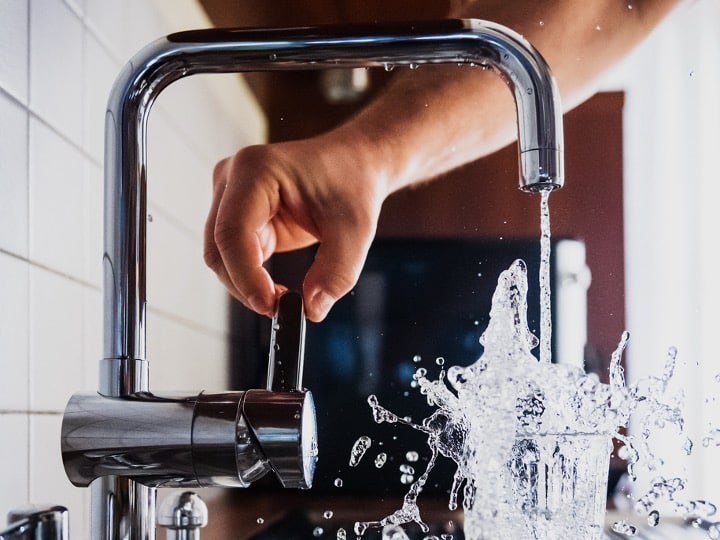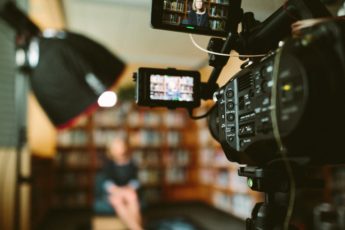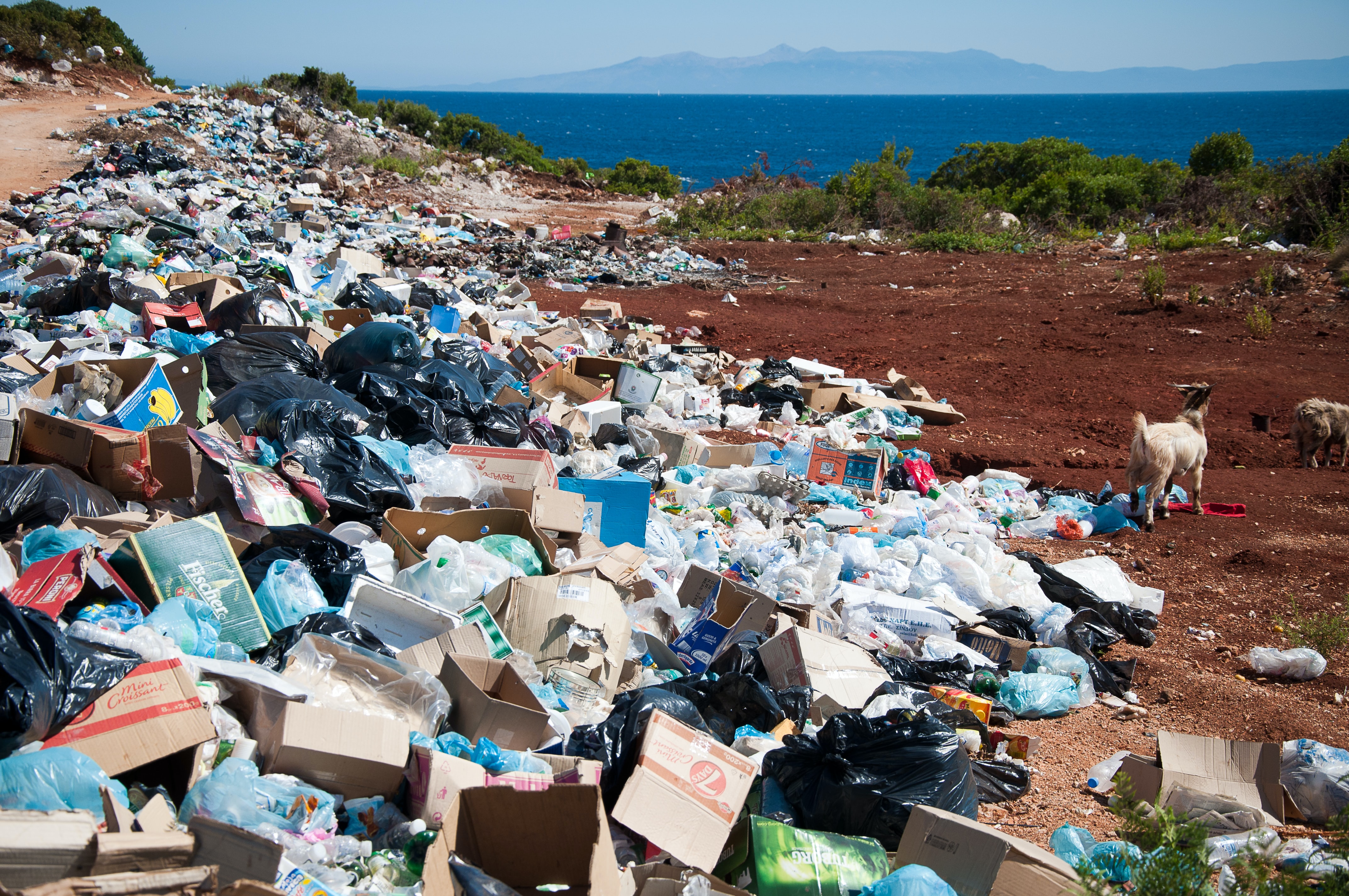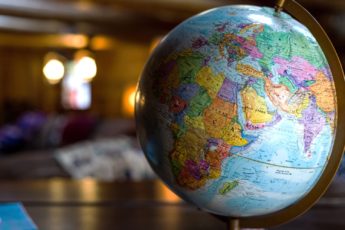Freshwater supply, renewable energy, and overconsumption are all issues that perfectly illustrate how the stuff that really matters doesn’t necessarily fit neatly into one discipline.
They certainly belong in an environmental science class, but also current events, geography, and debate. Because of that, these critical real-world topics can get lost in the mix of “someone else is teaching that,” especially if those are elective courses.
That’s why in my high school Global Issues class, a required current-events-meets-human-geography class, we spend a few weeks looking at all sorts of freshwater issues using a variety of activities. It’s always eye-opening for my students to see how common water pollution and shortage issues are in the world, especially if they’ve never personally experienced them first hand.
Limited water is “elsewhere” in the world when it’s always been infinitely available to them.
These are some of the most powerful activities we do in our Water Conservation & Pollution unit—ones that will stick with your students, too, each year.
Conduct a Water Use Simulation
If there is a particular set of water statistics you want to emphasize—show it with some clear gallon milk jugs and blue food-colored water!
Whether it’s how much of our water footprint is made up of the “hidden” water used to grow our food, how much water a dripping faucet can waste per minute, or the percent of total water that is fresh and available for human use on earth.
With the last statistic, it’s less than 1% or about 2 tablespoons out of a gallon. Have students guess out loud or even by filling their own jug with how much they think is available. Then reveal the answer. They will be shocked how little 2 tablespoons of water actually is, barely swirling around the bottom of a jug.
To get started on your calculating, remember there are 256 tablespoons (128 ounces) in a gallon 🙂
Show a Powerful Water Documentary
There so many good ones available online; simply pick whichever one best matches the topics you want to explore.
The World’s Most Polluted River (45 minutes) by DW, a German public broadcasting channel, investigates the many textile factories along the Citarum River in West Java causing massive water pollution.
It’s been common practice for these factories to dump all sorts of untreated chemical toxins into the river, though at least 30 million people rely on it for their household and drinking water, as well as irrigating farmlands. This documentary does a great job connecting your students’ “fast fashion” clothes to their devasting environmental costs on the other side of the world.
The Water Crisis (45 minutes) by National Geographic highlights the growing problem of water scarcity in the U.S. This documentary addresses the dwindling water supply in California and the Southwest, but also all sorts of easy ways households anywhere can reduce their water usage.
Global Water Wars (45 minutes) also by National Geographic takes a more global perspective. It covers an emerging black market for freshwater in India, the Syrian refugee crisis’ connection to drought, Israel’s investment in desalination plants, but also its conflicts over water rights with Palestinians, and China’s control over many of the Asian rivers that originate in the Tibetan Plateau, but flow to other nations.
Brave Blue Water: Racing to Solve the Water Crisis (50 minutes, available on Netflix) takes a more optimistic approach on the engineers, entrepreneurs, and activists who are creating solutions to all sorts of water issues. This would be a great one to show towards the end of your unit.
All these documentaries could easily be accompanied by a related news article or data display if you wanted to go deeper on any of the issues discussed.
Investigate Local Water Shortage
Several places around the world have recently or are still currently experiencing severe water crisis, more than what’s shown in the documentaries listed above. Pick one to conduct a case study on, using articles, news clips, and data displays.
Most famously in the US, Lake Mead which hasn’t been at full capacity since 1983 and is currently only about a third of its capacity due to increased water demands. About 20 million people rely on water from this reservoir.
Cape Town, South Africa experienced such low water supplies in 2017-18, there was talk of a “Day Zero.” However, residents made such drastic changes to their daily usage, it thankfully never came.
You can find examples of the extreme water saving “tips” that were shared at the time, like encouraging using more hand sanitizer, paper plates, baby wipes, and dry shampoo instead of traditional washing. From them, students can see how precarious things got.
Parts of Africa are some of the most water-stressed areas in the world on an ongoing basis. Investigate the enormous consequences this is having on its people, including preventable water-borne illness from unclean water sources, women and children bearing the burden of water collection, and chronic poverty.
Any of these case studies would work well as a station activity, jigsaw, or Socratic Seminar.
Calculate Your Water Footprint
WaterCalculator.org is the best water-use calculator I’ve found. It’s easy to use and very visual for students, letting them each take the quiz and determine their household’s estimated use.
At the end it provides a long list of tips for different areas of the home—the kitchen, outside, the bathroom. However, this water they see coming out of faucets is only a fraction of what they ultimately use.
The Water We Eat is a great follow-up because it helps students see all the “hidden” water used to grow their food. This interactive infographic takes just a minute or two to show.
Next, have students use this build-a-plate visual calculator by the LA Times. It’s a memorable way to see the all the water that goes into a single meal and the differences between alternatives, like eggs and a steak (which requires almost 10 times more water!).
Fund a Water Project
One of the most powerful projects you can do in your world geography, current events, or environmental issues class to make water issues truly real to students is also one of the easiest.
Kiva is a non-profit micro-loaning platform that allows people around the world to borrow small amounts of money that traditional banks don’t usually fund. These loans are life changing for people and are used to fund everything from growing small businesses to covering medical procedures, making housing improvements to paying education expenses. Any sort of humanitarian need from around the world is available to fund, including water-related projects.
You can make a loan for as little as $25 and they really are loans. Once the borrower has paid it back, you have that $25 to loan again! See if you can get your PTA or a community organization like Rotary to donate some money to start your class account.
Search for people requesting water-related loans, like households and communities trying to build wells, install water filtration systems, or improve access to sanitation.
Have students browse, choose, and nominate a person or group to fund. Then hold the class vote. Be sure to submit your loans immediately after students pick, because they get funded quickly and can be gone within a day (I’m speaking from experience here!).
Borrowers repay little by little. Once your account is back up to $25 you’ll be able to fund a new loan, so one donation will sustain your Kiva project year after year.
I love Kiva Day in my class each year!
I hope these easy-to-do activity ideas help you make all sorts of water issues more real for your students. To grab already-done lessons that include these ideas and more, check out my complete Water Conservation & Sustainability PBL unit!
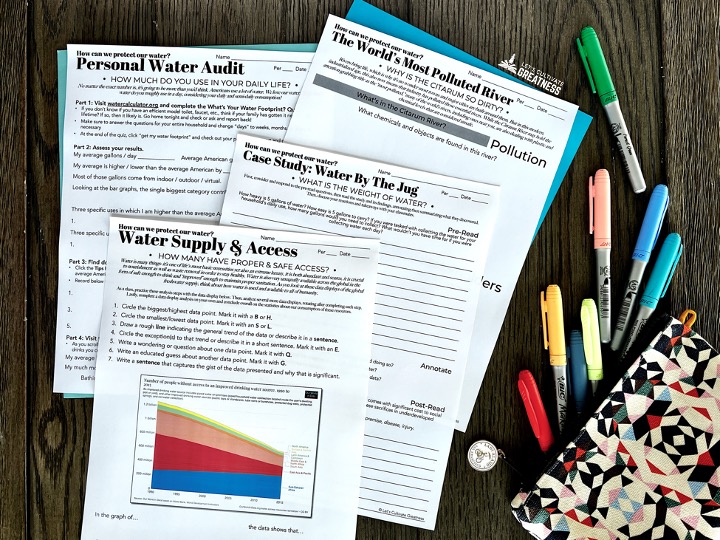
Image photo credit: Jacek Dylag


